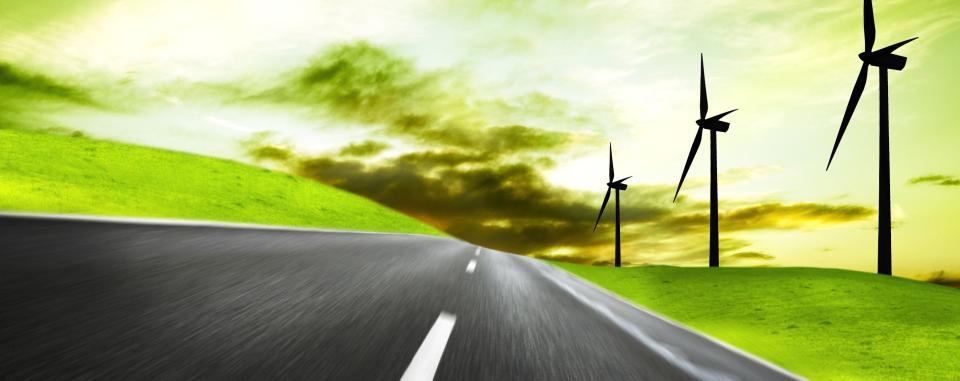The stark warnings in the latest Intergovernmental Panel on Climate Change (IPCC) report raised concerns on many levels, but came as no surprise to those working in field as there has been an unprecedented rise in global CO2 emissions since the millennium.
As Advanced Technology Manager Automotive at Tata Steel, I have been part of this debate for several years now, focusing on the automotive supply chain and Tata Steels’ part in this. As a responsible supplier, we take this role seriously and have long been taking steps to minimize its overall environmental impact. To give you an idea: Over the past 30 years we have reduced energy consumption by 30% and our goal is to reduce it further – we also aspire to carbon neutral steelmaking by 2050. Let me explain how we are participating in realising this major industry shift by using the latest technologies and innovations.
Reducing the carbon footprint of steel in the automotive supply chain – our challenge and an opportunity
The transport sector accounts for a significant proportion of all CO2 creation in Europe. The European Commission had already proposed a 30% lower average emission of CO2 for cars and vans by 2030, as compared to 2021. More recently however, the European Parliament suggested tightening the target, to a challenging 40% by 2030. The final targets are currently being negotiated, so no conclusion has been reached.
Supporting Automotive CO2 reduction through light-weighting steel
Current legislation continues to drive reduced vehicle tailpipe emissions. Weight-saving and the migration to low and zero emission vehicles achieve CO2 emission reduction during the use-phase of a vehicle. Steel is recognised as a key enabler for light-weighting. As new, higher strength products become available, weight-saving is achieved by offering equivalent performance at reduced thickness.
So, these steps are being made to decarbonize the use-phase of a vehicle. But we need to look further than the vehicles themselves and move the focus to the complete life cycle: How can CO2 emissions be reduced during the production phase? And what about the cars at ‘end of life’ ?
Insights with Life cycle approach
I explained earlier how Tata Steel has worked to reduce energy consumption by 30% over the last 30 years – this is a direct example of reducing production phase CO2 emissions.
Advanced high strength steels (AHSS) do not just offer CO2 reductions during the vehicle use phase, but since less steel is consumed in vehicles, less CO2 is generated during steel production and its transport to OEMs.
Conserving and re-using steel at end of life is another powerful means to reduce CO2 emissions since new steel does not have to be extracted from iron ore - scrap just needs to be refined and re-processed into new products. Recycling rates of automotive steel are extremely high (>95%) and every tonne of our steel will contain 15-20% recycled content. Through deployment of new technologies we want to go further and achieve recycled contents of up to 40%.
I hope that this demonstrates that taking a life cycle approach helps to identify a broader range of opportunities for reducing CO2 emissions.
The path to a sustainable future
I am really enthusiastic about the challenge to accelerate energy transition and substantially reducing CO2 emissions. It’s exciting and motivating to be reviewing different technology options and what the future combination of solutions will be. It is important that our decisions take into account the needs of our customers and it is stimulating to work collaboratively with our customers to achieve these goals.
In my next blog I will describe the drivers for change in the Automotive value chain, the specific challenges for steel and how Tata Steel is approaching them.
>> Return to the main Automotive blogs page




































































































































































































































